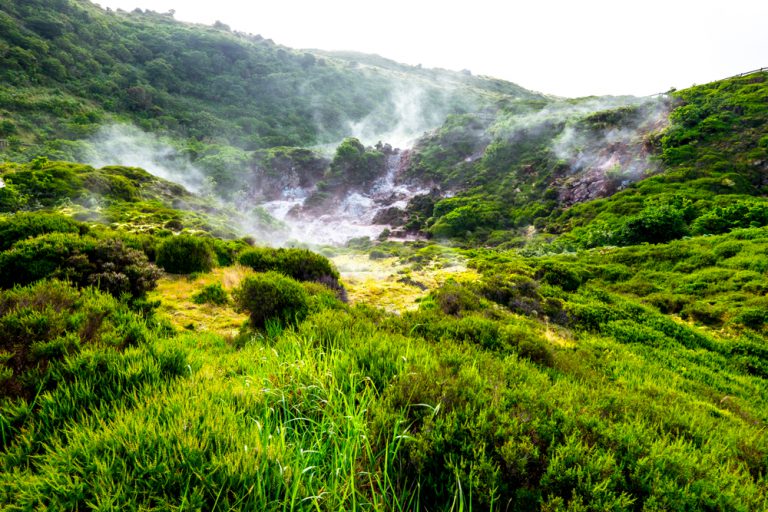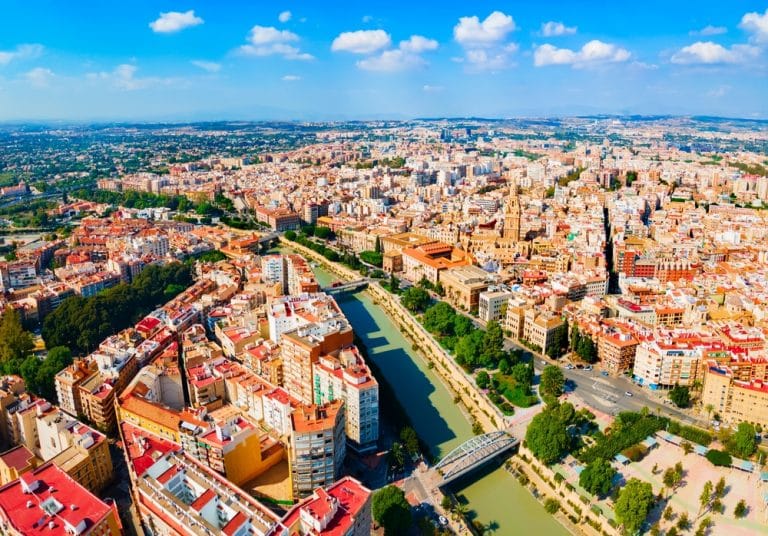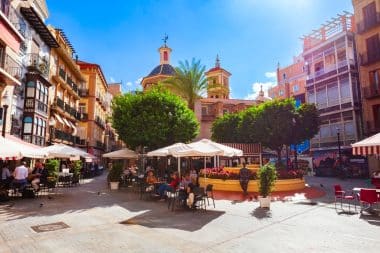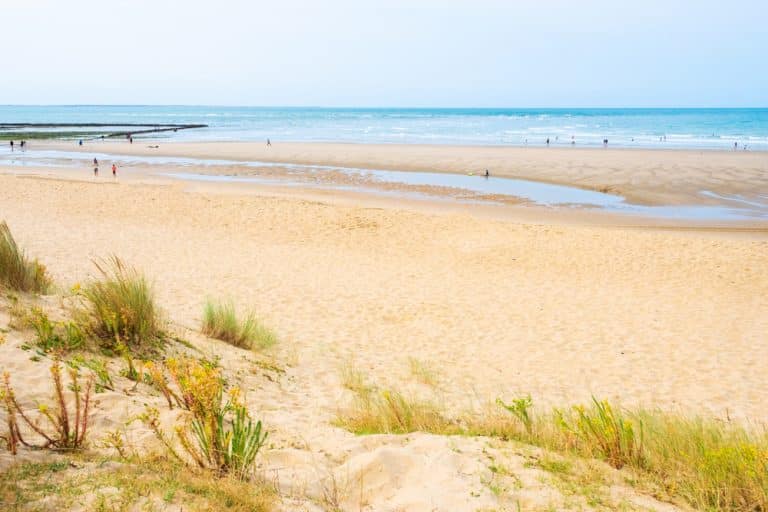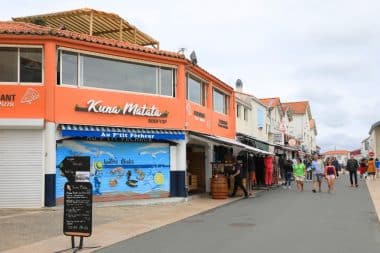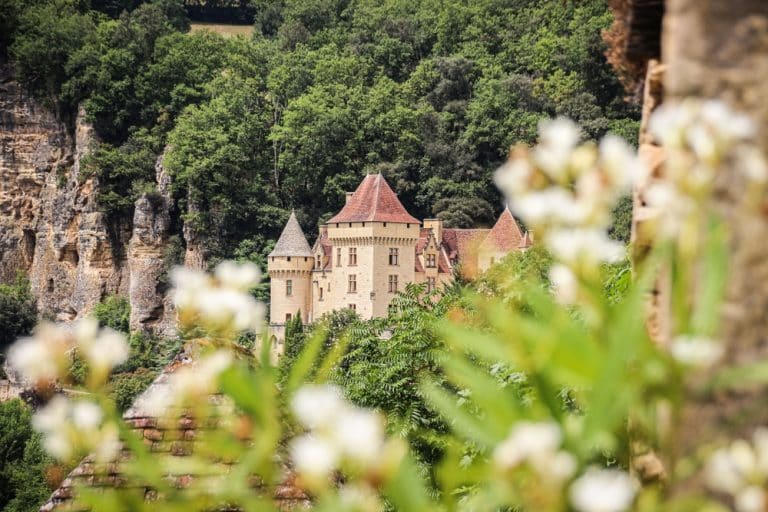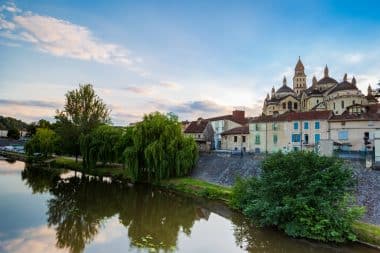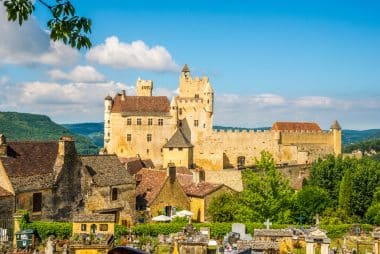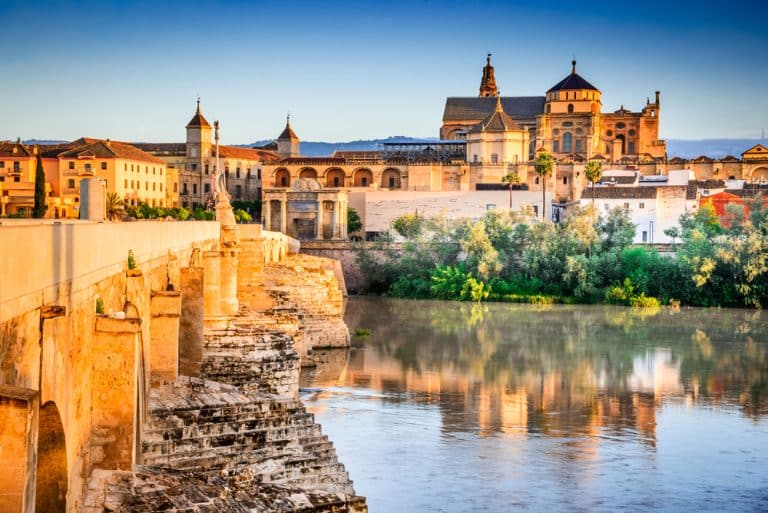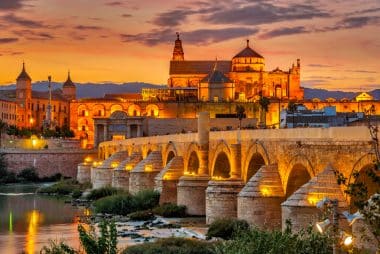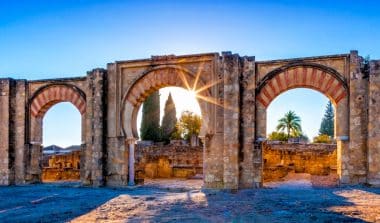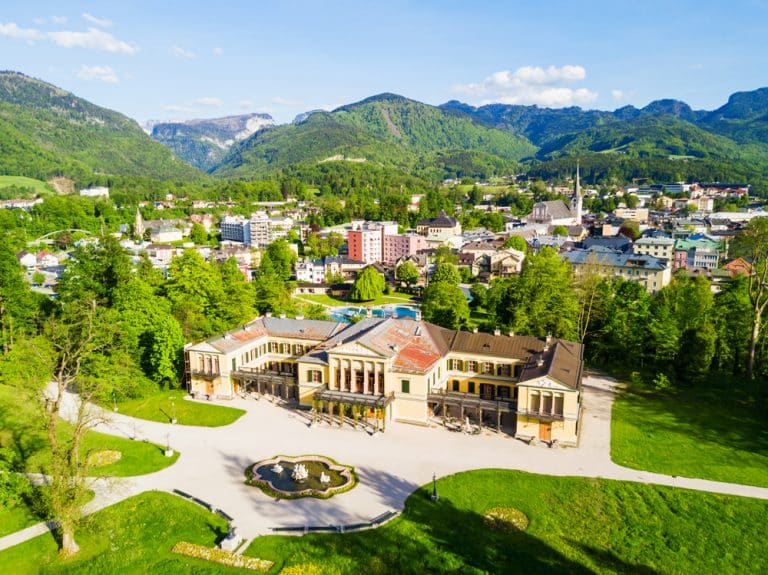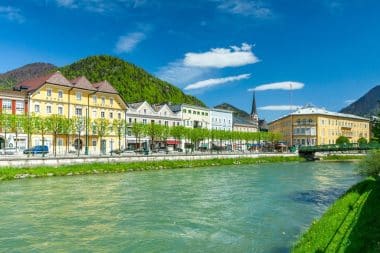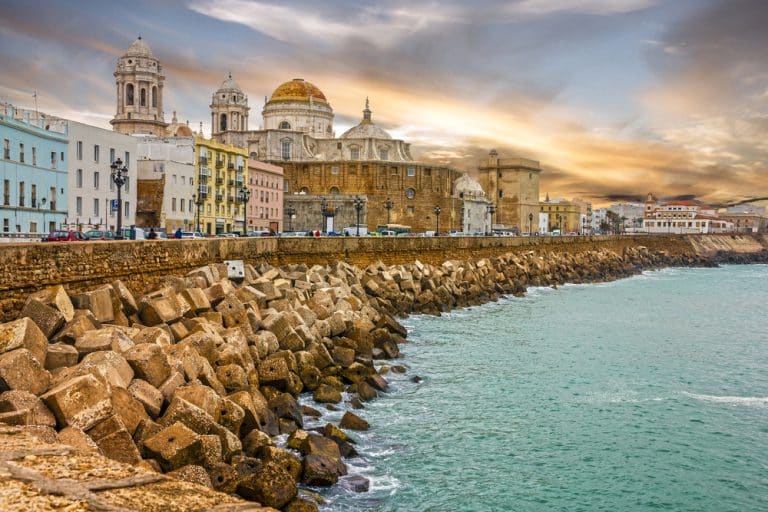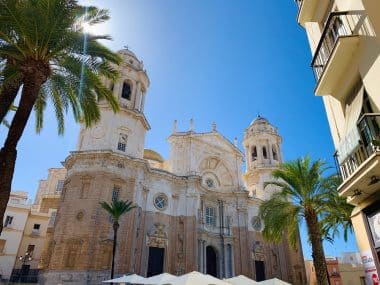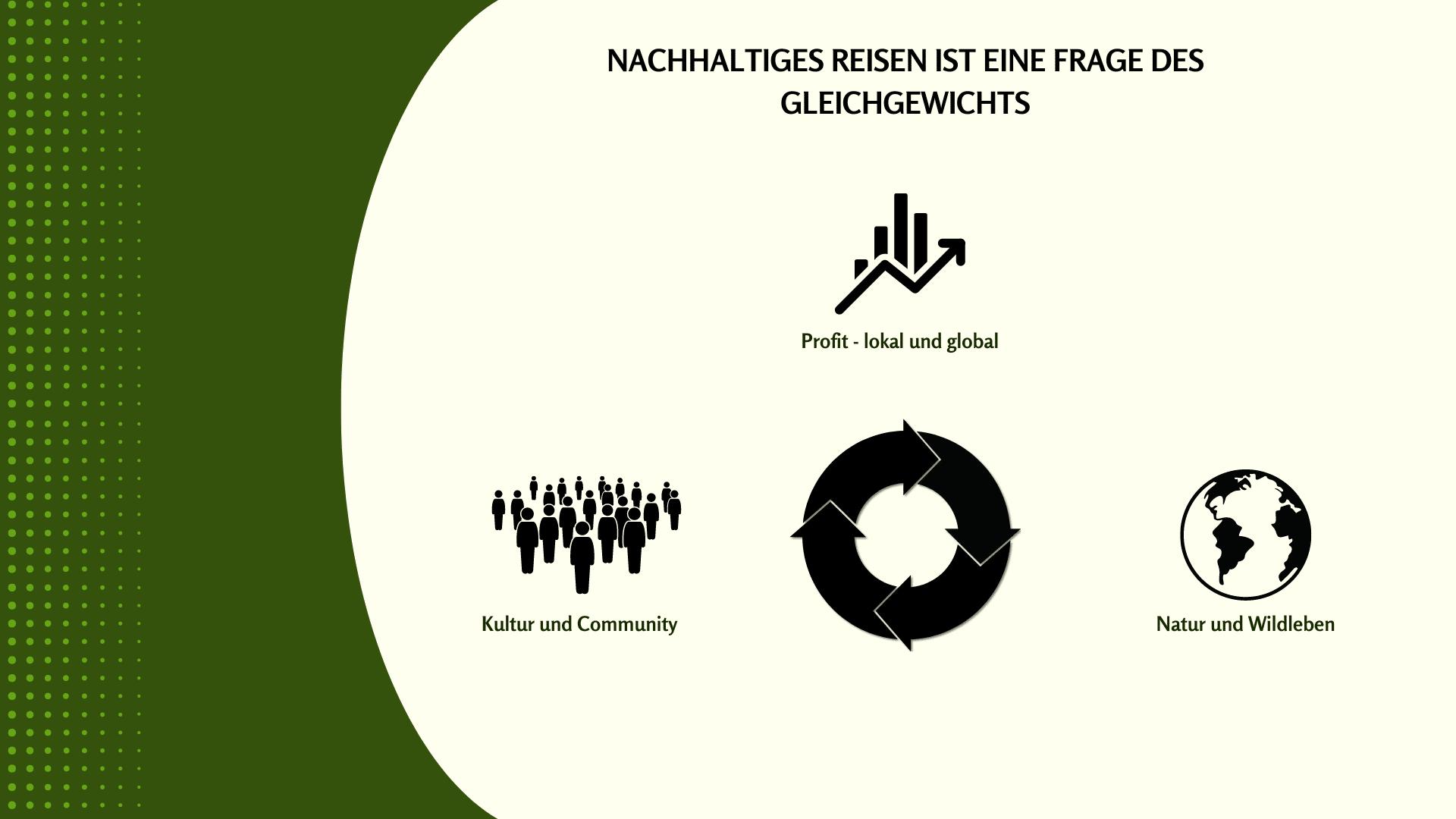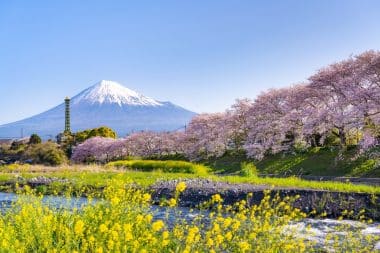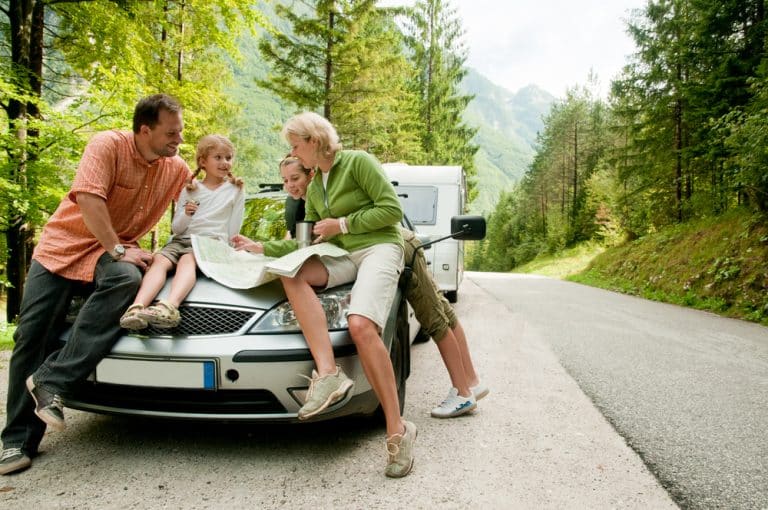Terceira is the third largest of the Azores islands and, despite its relatively small area of only 400 km², offers numerous breathtaking natural spectacles, great beaches and the unique architecture of the colourful capital Angra do Heroismo.
General information about Terceira
From Germany, the Azores can only be reached by plane. There is no boat connection from Europe to the archipelago. The journey is made, for example, with the Portuguese airline TAP via Lisbon or Porto, whereby only the main islands, which include Terceira, are served. Some airlines also offer weekly non-stop flights from German airports on a seasonal basis. The pure flight time is about five hours. If you want to visit more than one of the nine islands, you can use the regular ferries or the small planes of the domestic airline SATA for island hopping.
The island of Terceira with its 56,000 inhabitants is about 29 km long and a maximum width of 17.5 km. It belongs to the central group of the archipelago and is decidedly green, so that in some places the landscape is reminiscent of an impenetrable rainforest.
The magical capital of Angra do Heroismo
The name of the place, which is one of the oldest in the Azores, translates as “Bay of Heroism”. The chessboard-like city captivates every visitor with its beautiful historic buildings, narrow streets and picturesque squares. Angra’s prosperity developed over the centuries due to its ideal location as an important stopover for transatlantic trade.
It can be seen in the many magnificent noble palaces and churches. Anyone walking through the streets today can hardly imagine that on New Year’s Day 1980 a severe earthquake reduced almost all houses to rubble. With the help of UNESCO, the place was rebuilt in record time and today shines even more beautifully than before, according to some of the locals. All buildings are painted in pastel colours and feature lovely details such as ornate doors and wrought-iron stair and balcony railings. The most beautiful views of the city can be had from its local mountain Monte Brasil or from the Alto da Memória. Both hills can be climbed as part of short hikes.
Unique natural phenomena
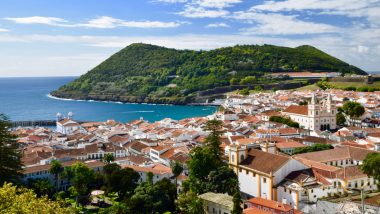
The original landscape of the island has numerous volcanic features. In the center is the former volcanic vent Algar do Carvão and 3 km west of it are the Furnas do Enxofre, where water and sulfur vapors rise and create a mystical atmosphere. However, you should not be particularly sensitive to smells, because the “scent” of rotten eggs is quite intense. Paths and viewing platforms allow tourists to discover this unusual place. A fantastic experience is also walking the Gruta do Natal, an almost 700 m long lava tube. Those who like hiking can walk from here on a circular path and discover the characteristic vegetation of the area. In general, Terceira is an absolute paradise for nature lovers, who will be enthusiastic about the fascinating wildness.
Things to do in Terceira
The Azores are not a destination for classic beach vacationers. However, in addition to the many bathing spots in rocky volcanic pools, there are also several beautiful beaches. One of the most beautiful stretches of coastline is Praia da Vitória, which is located on the east coast of Terceira. The long sandy beach is protected by two dams and is unique for the entire Azores.
The Azores are one of the most fascinating diving areas in Europe and off Terceira, in the Bay of Angra, an underwater archaeological park offers incredible experiences. A steamship that sank in 1878 and 40 anchors that form the “Graveyard of Anchors” are the highlights of this area, which is guaranteed to delight every diving enthusiast.
A total of 24 different whale species have been counted around the Azores archipelago. In this ecosystem in the Atlantic Ocean, some species are permanently at home, while others are only temporary. Whale watchers from all over the world come to this place to see the gentle giants in their natural habitat. Anyone who takes part in one of the excursions on offer will certainly never forget this breathtaking experience.
Discover the hidden pearl of Terceira: Costa das Contendas
Hidden on the southeastern coast of Terceira lies a natural treasure just waiting to be discovered by adventure seekers and nature lovers: Costa das Contendas. This protected coastal area fascinates visitors with its wild beauty, dramatic cliffs, and rich marine biology that makes it an unforgettable destination for those who want to experience the unspoiled nature of the Azores.
A paradise for nature lovers
Costa das Contendas is a prime example of the power of nature. The rugged cliffs offer breathtaking views of the endless Atlantic Ocean and form a sharp contrast to the gentle waves breaking on the coast. This stretch of coastline is also known for its unique geological formations, formed by volcanic activity, which now serve as home to a variety of marine life.
A dream destination for hikers
For hiking enthusiasts, Costa das Contendas offers scenic trails that run through a landscape lined with lush greenery and wild flowers. The trails are well signposted and offer different levels of difficulty, allowing both beginners and experienced hikers to explore the beauty of this place at their own pace. Along the way, new perspectives on the coast open up again and again, and with a bit of luck, hikers can even spot dolphins or whales in the distance.
A refuge for marine biology
The waters around Costa das Contendas are a hotspot for biologists and conservationists, as they are home to a rich marine biodiversity. Snorkelers and divers can discover an impressive variety of marine life in this protected area, from colorful schools of fish to rare marine plants that thrive on the volcanic subsoil. It is a true underwater paradise that shows the importance of protecting and preserving the marine environment.
Angra do Heroísmo
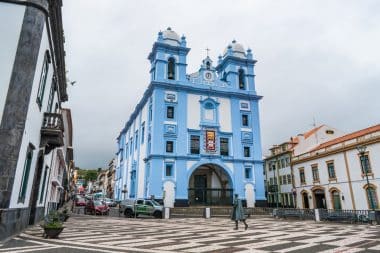
Angra do Heroísmo, often referred to simply as Angra, is the historic heart of Terceira and is a UNESCO World Heritage Site. The city is rich in “old buildings” and preserves the heritage of numerous historic buildings. With its well-preserved Renaissance buildings, cobbled streets and historic monuments, Angra offers visitors a glimpse into the past of Portugal and the Azores.
As the cultural and social center of the island, Angra is a lively place with a variety of restaurants, cafes and shops that reflect the local culture and gastronomy.
Gastronomic specialties
The local cuisine is of course similar on all Azores islands, but in addition there are also local specialties everywhere. Typical of Terciera is the well-seasoned beef stew
Alcatra da Terceira
, which you should definitely try. With a bit of luck, there will even be the opportunity to try a Cozido das Furnas . This stew dish is buried in the hot ground and cooked there for about six hours. Otherwise, fresh fish and seafood are a main part of the cuisine in the Azores. Tuna and swordfish, as well as crustaceans and mussels in all its varieties, are on the menus in the restaurants on Terciera.
Terciera is a fantastic destination for nature lovers who are passionate about an unspoilt landscape and want to enjoy their holidays a little away from the typical tourist destinations.


